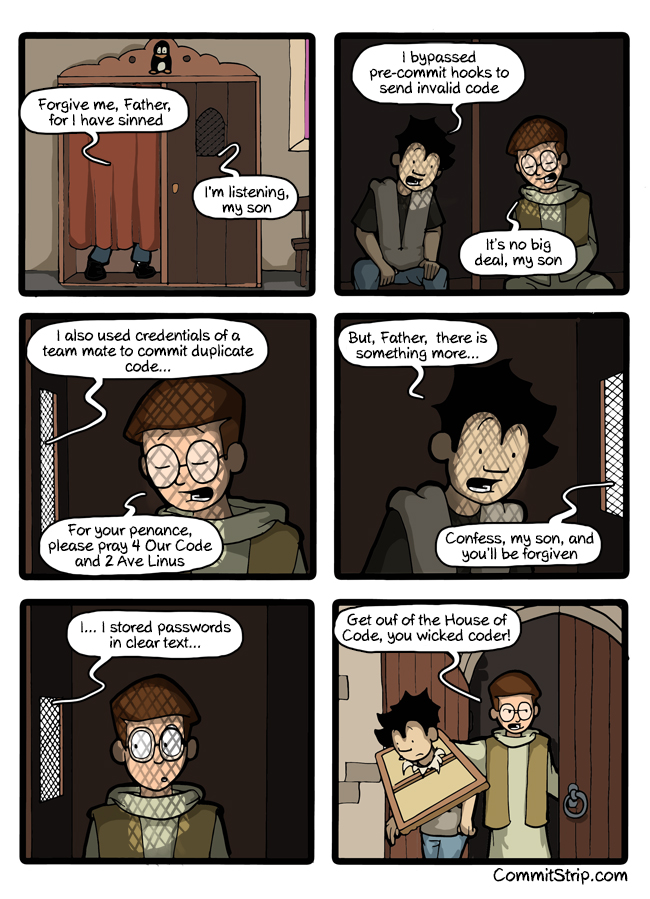00:00 - 01:0001:00 - 02:0002:00 - 03:0003:00 - 04:0004:00 - 05:0005:00 - 09:0009:00 - 14:0014:00 - 16:0016:00 - 17:0017:00 - 18:0018:00 - 19:0019:00 - 21:0021:00 - 22:0022:00 - 23:0023:00 - 00:00
00:00 - 01:0001:00 - 02:0002:00 - 03:0003:00 - 04:0004:00 - 05:0005:00 - 09:0009:00 - 14:0014:00 - 16:0016:00 - 17:0017:00 - 18:0018:00 - 19:0019:00 - 21:0021:00 - 22:0022:00 - 23:0023:00 - 00:00



